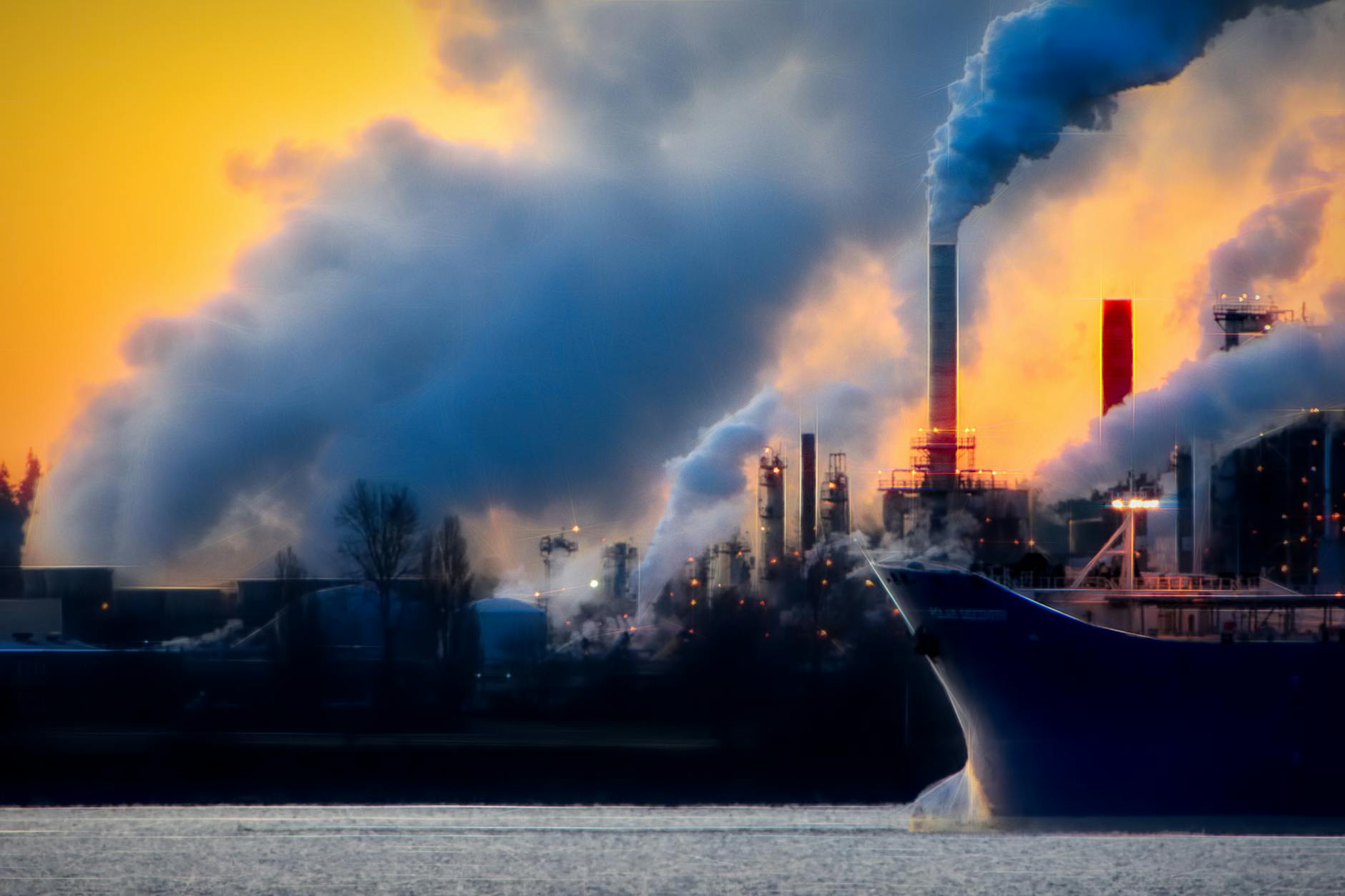
Air and Water Pollution Control Measures
Introduction
Pollution is one of the most pressing environmental challenges today, affecting ecosystems, human health, and climate change. Air pollution results from harmful gases, particulate matter, and chemicals released by industries, vehicles, and natural sources. Water pollution occurs due to industrial waste, sewage, agricultural runoff, and plastic waste contaminating water bodies.
To combat these issues, governments, industries, and individuals must adopt effective pollution control measures. This article explores key strategies for managing air and water pollution, their importance, and frequently asked questions.
Air Pollution Control Measures
1. Use of Clean Energy Sources
Transitioning from fossil fuels to renewable energy (solar, wind, hydro) reduces greenhouse gas emissions. Governments should incentivize clean energy adoption while industries should invest in sustainable power solutions.
2. Industrial Emission Controls
Factories must install:
- Scrubbers – Remove harmful gases like SO₂ and NOx.
- Electrostatic Precipitators – Capture particulate matter from smokestacks.
- Catalytic Converters – Reduce vehicular emissions.
3. Afforestation and Urban Green Spaces
Trees absorb CO₂ and release oxygen, improving air quality. Cities should promote green belts and rooftop gardens to mitigate pollution.
4. Vehicle Emission Standards
Strict regulations on fuel quality (e.g., Euro 6, Bharat Stage VI) and promoting electric vehicles (EVs) help reduce exhaust emissions.
5. Public Awareness and Policy Enforcement
Educating people about pollution risks and enforcing laws (e.g., banning open burning, regulating industrial discharges) ensures compliance.
Water Pollution Control Measures
1. Wastewater Treatment
Sewage and industrial effluents must undergo:
- Primary Treatment – Removes solids via sedimentation.
- Secondary Treatment – Uses bacteria to break down organic waste.
- Tertiary Treatment – Filters chemicals and disinfects water.
2. Reducing Plastic Waste
Banning single-use plastics and promoting biodegradable alternatives prevent ocean pollution.
3. Sustainable Agricultural Practices
- Organic Farming – Reduces pesticide runoff.
- Controlled Irrigation – Minimizes water wastage and chemical seepage.
4. Oil Spill Prevention
Strict maritime laws and advanced cleanup technologies (skimmers, dispersants) help contain oil spills.
5. River and Lake Conservation
Regular cleaning drives, preventing industrial discharge into rivers (e.g., Ganga Action Plan), and wetland restoration improve water quality.
Conclusion
Controlling air and water pollution requires a combination of technological advancements, policy enforcement, and public participation. By adopting sustainable practices, investing in clean energy, and improving waste management, we can protect the environment for future generations. Every individual’s effort counts in reducing pollution and ensuring a healthier planet.
Waste Management: Reducing, Reusing, and Recycling in Industries
Safety Harness: Full Body vs Chest Harness – When to Use Each?
Hard Hats: Type I vs Type II – Which Offers Better Protection?
PPE vs Engineering Controls – Which is More Effective?
10 Electrical Safety Rules Every Worker Must Know
FAQs
1. What are the main sources of air pollution?
Major sources include vehicle emissions, industrial activities, burning fossil fuels, and natural events like wildfires.
2. How does water pollution affect human health?
Contaminated water causes diseases like cholera, dysentery, and long-term issues such as cancer due to heavy metal exposure.
3. What can individuals do to reduce pollution?
- Use public transport or carpool.
- Avoid single-use plastics.
- Dispose of waste properly.
- Conserve water and energy.
4. Are pollution control measures expensive for industries?
Initially, yes, but long-term benefits include better compliance, reduced health risks, and improved corporate sustainability.
5. How effective are government policies in controlling pollution?
Policies are effective when strictly enforced with penalties for violations and incentives for eco-friendly practices.
6. What is the impact of air pollution on climate change?
Air pollutants like CO₂ and methane contribute to global warming by trapping heat in the atmosphere, leading to extreme weather conditions.
7. How does plastic pollution affect marine life?
Marine animals mistake plastic for food, leading to ingestion, entanglement, and death. Microplastics also enter the food chain, affecting human health.
8. What are some natural ways to purify water?
- Boiling kills pathogens.
- Using sand and charcoal filters removes impurities.
- Wetlands naturally filter pollutants through plants and soil.
9. Can air pollution cause respiratory diseases?
Yes, prolonged exposure to polluted air can lead to asthma, bronchitis, lung cancer, and other respiratory illnesses.
10. How does industrial waste contribute to water pollution?
Industries discharge toxic chemicals, heavy metals, and untreated wastewater into rivers, making water unsafe for drinking and harming aquatic life.
11. What role do electric vehicles (EVs) play in reducing air pollution?
EVs produce zero tailpipe emissions, reducing smog and greenhouse gases compared to gasoline/diesel vehicles.
12. Why is groundwater pollution a serious concern?
Groundwater is a major source of drinking water. Once contaminated, it is difficult and costly to clean, posing long-term health risks.
13. How can farmers reduce water pollution from agriculture?
- Use organic fertilizers instead of chemical ones.
- Implement drip irrigation to minimize runoff.
- Plant buffer strips to filter pollutants before they reach water bodies.
14. What are the effects of acid rain caused by air pollution?
Acid rain damages soil, forests, and aquatic ecosystems, corrodes buildings, and harms human health by contaminating water supplies.
15. How can cities improve air quality?
- Promote cycling and walking.
- Increase green spaces.
- Implement congestion charges for vehicles.
- Encourage renewable energy use.
By implementing these measures, we can significantly reduce pollution and safeguard our environment.
























